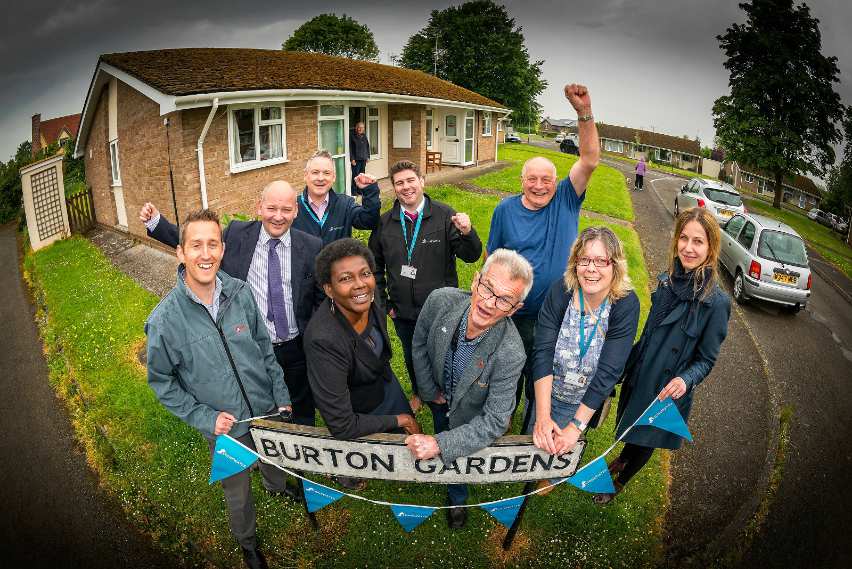04 June 2018
|
| A new heating system which will significantly reduce residents’ heating costs has been installed at a development of 49 bungalows in Herefordshire. Social housing provider Stonewater has been working with Kensa Heat Pumps to install new ground source heat pumps which will replace residents’ electric night storage heaters and immersion hot water systems at Burton Gardens in Weobley. |
Scott Baxendale, Stonewater’s Executive Director of Assets, said: “As a responsible housing provider, we have been looking for new and sustainable ways to help provide our residents located off the gas grid with access to cheaper and more efficient home heating. We are delighted with how well this pilot scheme has gone and are now looking forward to introducing it in other viable Stonewater housing communities across the country.”
The district heating system at Weobley features a Kensa Shoebox ground source heat pump inside each property, independently billed and controlled by the resident. Each heat pump is connected to a series of communal ground arrays. This unconventional yet increasingly popular approach to district heating qualifies Stonewater for 20 years of income through the Government’s Non Domestic Renewable Heat Incentive (RHI), and also overcomes reported issues of traditional district schemes, including split ownership and overheating.
David Broom, Kensa Sales Manager, said: “We have already heard that residents are seeing marked improvements in heating bills. 150m below our feet, these borehole installations are providing an infrastructure which will deliver 75% of the heat required for these properties, for free, for the next 100 years. The homes are warmer and more comfortable as the cost of heating is significantly reduced, plus they are also protected from future cost increases as the majority of the energy required comes naturally from the ground beneath us.”
A timelapse of the drilling of the heat network at the Weobley project captures the methodical installation. Watch the video here.
The district heating system at Weobley features a Kensa Shoebox ground source heat pump inside each property, independently billed and controlled by the resident. Each heat pump is connected to a series of communal ground arrays. This unconventional yet increasingly popular approach to district heating qualifies Stonewater for 20 years of income through the Government’s Non Domestic Renewable Heat Incentive (RHI), and also overcomes reported issues of traditional district schemes, including split ownership and overheating.
David Broom, Kensa Sales Manager, said: “We have already heard that residents are seeing marked improvements in heating bills. 150m below our feet, these borehole installations are providing an infrastructure which will deliver 75% of the heat required for these properties, for free, for the next 100 years. The homes are warmer and more comfortable as the cost of heating is significantly reduced, plus they are also protected from future cost increases as the majority of the energy required comes naturally from the ground beneath us.”
A timelapse of the drilling of the heat network at the Weobley project captures the methodical installation. Watch the video here.
Content continues after advertisements








